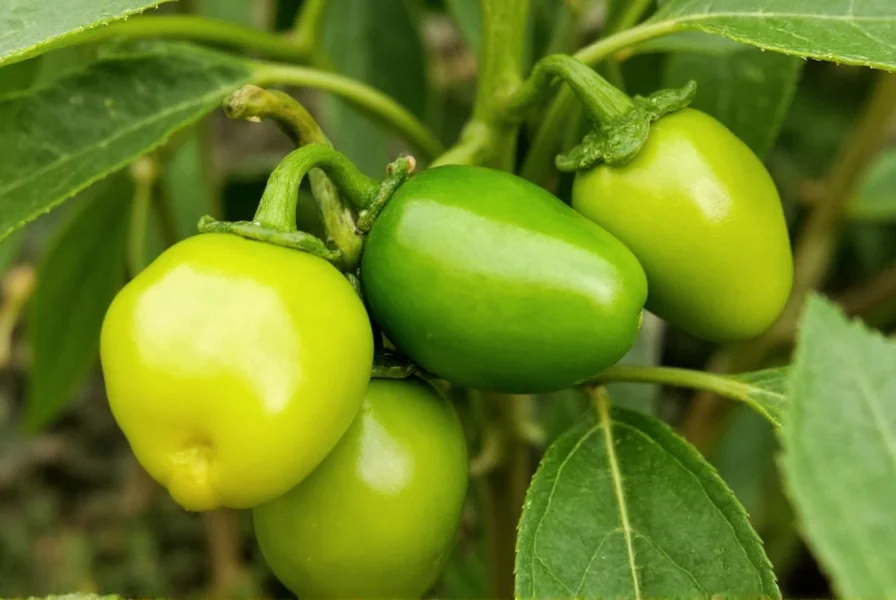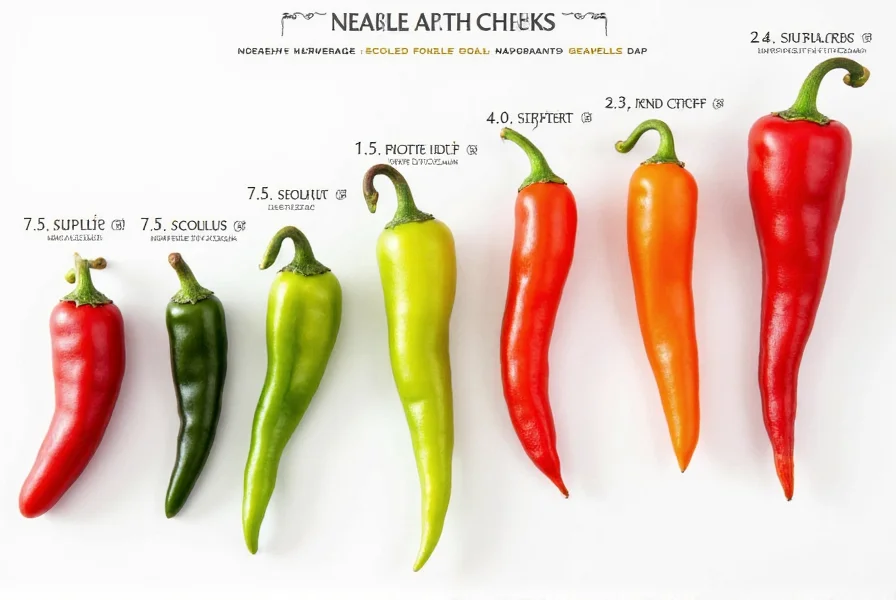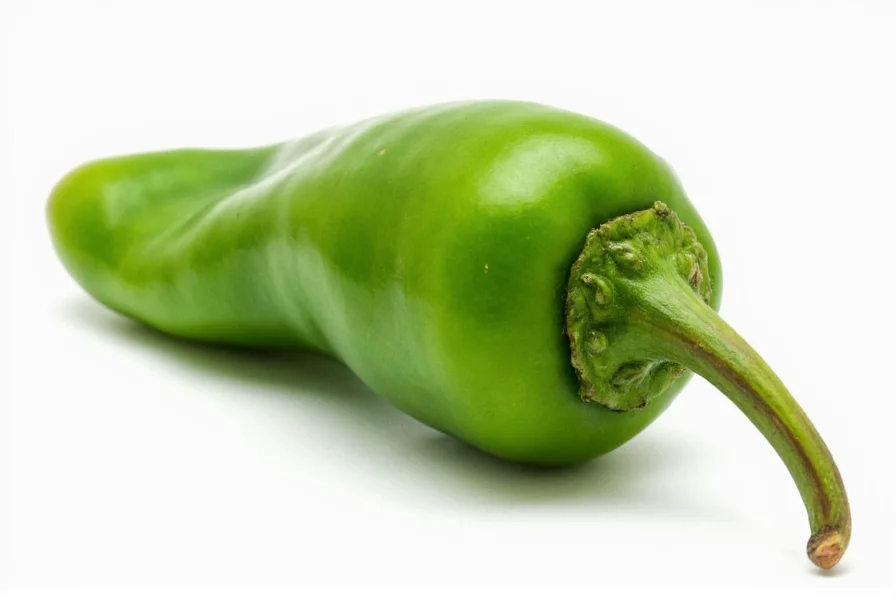Understanding where jalapeños fall on the Scoville scale helps home cooks and food enthusiasts make informed decisions about spice levels in their recipes. The Scoville scale, developed by pharmacist Wilbur Scoville in 1912, measures the pungency or 'heat' of chili peppers and other spicy foods by quantifying the concentration of capsaicinoids—the chemical compounds responsible for that burning sensation.
What Is the Scoville Scale?
The Scoville Organoleptic Test originally involved diluting pepper extract in sugar water until the heat was no longer detectable by a panel of tasters. The degree of dilution determined the Scoville rating. Modern testing uses high-performance liquid chromatography (HPLC) for more precise measurements, though results are still converted to Scoville Heat Units for public understanding.
Jalapeño Heat Range Explained
Jalapeños (Capsicum annuum) occupy a specific niche on the pepper heat spectrum. Their 2,500-8,000 SHU range means:
- A single jalapeño contains enough capsaicin to require dilution between 2,500 and 8,000 times before the heat becomes undetectable
- They're significantly milder than habaneros (100,000-350,000 SHU) but noticeably hotter than poblanos (1,000-2,000 SHU)
- The heat can vary dramatically even among peppers from the same plant
| Pepper Variety | Scoville Heat Units | Heat Level |
|---|---|---|
| Jalapeño | 2,500-8,000 SHU | Mild to Medium |
| Serrano | 10,000-23,000 SHU | Medium-Hot |
| Habanero | 100,000-350,000 SHU | Very Hot |
| Bell Pepper | 0 SHU | None |
| Ghost Pepper | 855,000-1,041,427 SHU | Extremely Hot |
Factors Affecting Jalapeño Heat Levels
Several elements influence where a specific jalapeño falls within its 2,500-8,000 SHU range:

- Stress conditions: Peppers grown in less-than-ideal conditions (drought, temperature extremes) often produce more capsaicin as a defense mechanism
- Ripeness: Red jalapeños (fully ripe) tend to be slightly hotter than green ones
- Seeds and membranes: The placenta (white ribs) and seeds contain the highest concentration of capsaicin—removing these reduces heat significantly
- Cultivar differences: Some jalapeño varieties like 'TAM Mild' are bred specifically for lower heat
- Geographical origin: Soil composition and climate affect capsaicin production
Practical Implications for Cooking
Knowing the jalapeno pepper scoville heat range helps in recipe planning. When working with jalapeños:
- For milder flavor, remove seeds and white membranes before chopping
- Wear gloves when handling hot peppers to avoid transferring capsaicin to sensitive areas
- Balance heat with dairy products (milk, yogurt, cheese) which contain casein that breaks down capsaicin
- Acidic ingredients like lime juice can enhance perceived heat
- Heat intensity increases during cooking but diminishes with prolonged exposure to high temperatures
Understanding Scoville Scale for Jalapenos in Context
When comparing jalapeno scoville scale measurements to other peppers, consider that:
- The difference between 2,500 and 8,000 SHU represents more than a threefold increase in capsaicin concentration
- Individual tolerance varies widely—what seems mild to one person may be uncomfortably hot to another
- Processing methods affect perceived heat (smoked jalapeños become chipotles with similar SHU but different flavor profile)
For those exploring how hot are jalapeno peppers relative to other common varieties, they sit comfortably in the middle range—hot enough to provide noticeable spice without overwhelming most palates. This versatility explains their popularity in salsas, nachos, poppers, and countless other dishes worldwide.

Handling Hot Peppers Safely
When working with jalapeños or hotter peppers:
- Always wash hands thoroughly after handling, especially before touching face or eyes
- Consider using disposable gloves for extended preparation
- If capsaicin contacts skin, use oil or milk (not water) to remove it
- Work in well-ventilated areas as capsaicin can become airborne when cutting peppers











 浙公网安备
33010002000092号
浙公网安备
33010002000092号 浙B2-20120091-4
浙B2-20120091-4